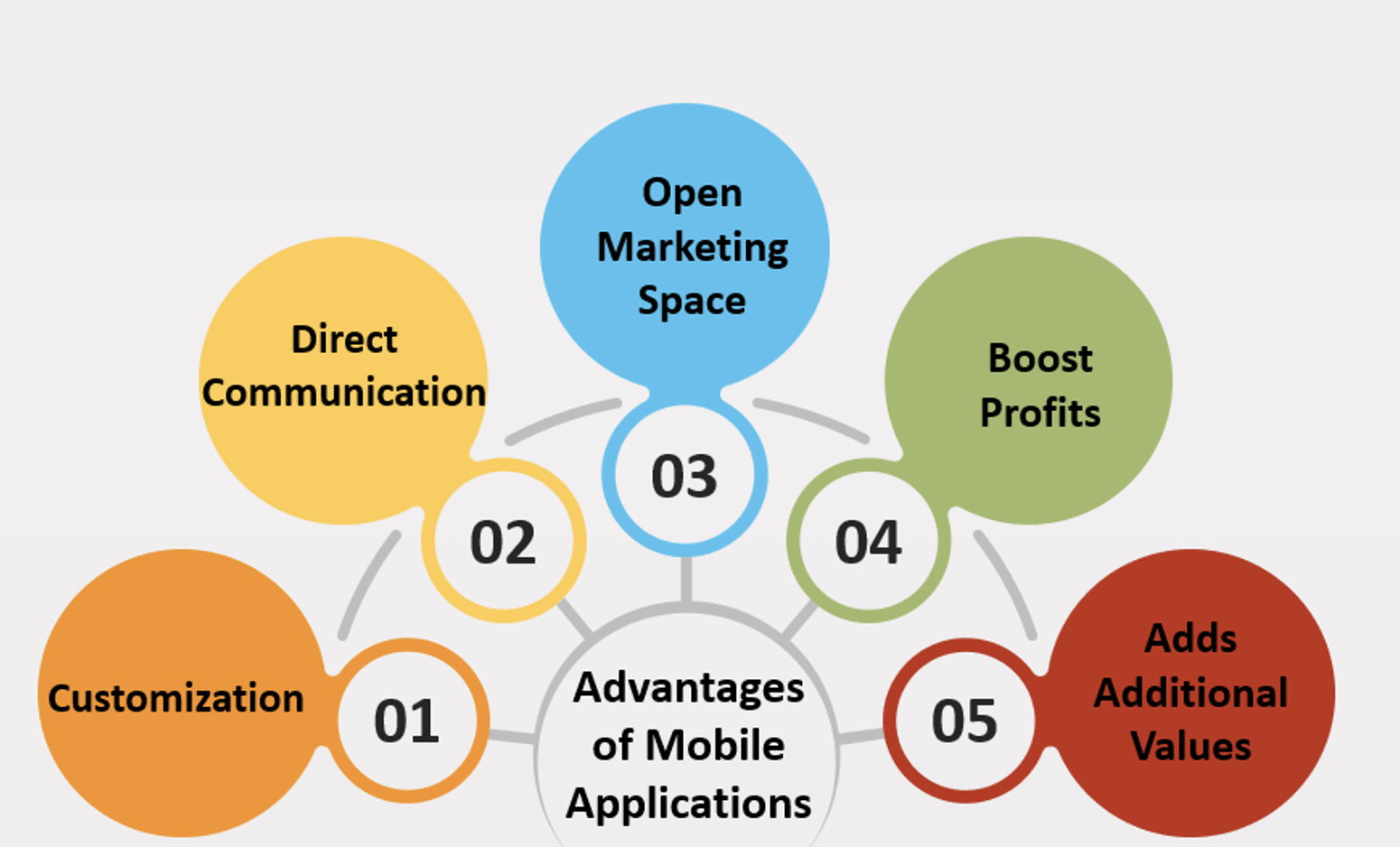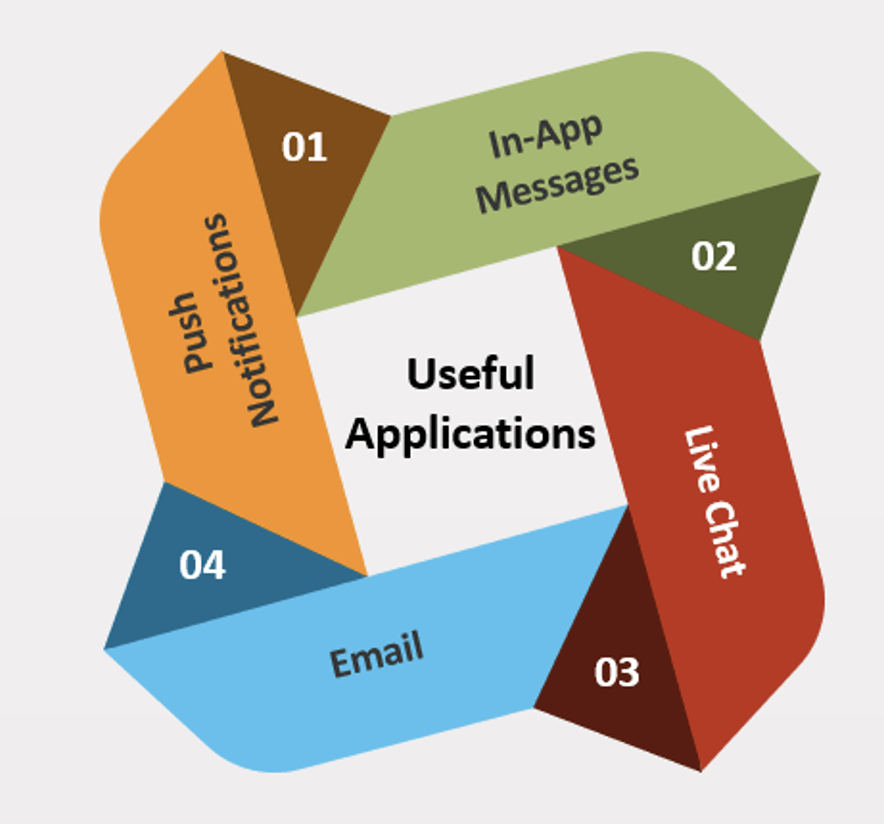Customer engagement has always been one of the most effective ways of connecting and cementing a strong relationship with customers. It includes all customer communications throughout the customer lifecycle, both online and offline, intending to help customers get the most out of your product or service resulting in an improved relationship.
Thinking more about services and support rather than thinking of customer engagement may not be the best practice; this could make them opportunistic and less essential to your organization. No matter what industry you’re in, it must be evident that you respect your buyers’ relationships, not just the money they spend. That’s why you need to engage with customers regularly and show that you care about their needs. User engagement helps companies to measure the quality of their branding and messaging effectiveness.
The medium we use to convey has equal, if not greater, importance than the content itself. Nowadays, you have access to dozens of modern messaging tools, as well as an even greater variety of ways to deliver those messages. An organization may find it difficult to find its best medium.
One of the success doors that has paved the way for an increase in customer engagement is mobile applications. It becomes the profit source for all types of businesses. The digital e-commerce and banking industries have been using mobile applications effectively to connect with their users, reach new customers, and enhance their bottom-lines.
For firms in every industry, mobile applications open a plethora of opportunities. An app can increase the accessibility of your company’s products and services, provide you with a competitive advantage in the market, disclose new personalization opportunities, and promote new forms of customer interactions. Every medium has advantages and disadvantages, so let’s look at when and when you should use each.
The Advantages of Mobile Applications:

- Customization: mobile applications have access to important data that allows them to tailor products and services to specific customers.
- Direct communication: Mobile apps guarantee that clients will be communicated with consistency across all market sectors. Customers can interact with brands to take advantage of special offers.
- Open marketing space: Organizations can use free in-app advertising space to host their own or third-party promotions, such as banner ads, in mobile applications.
- Boost profits: Mobile applications have dramatically transformed the corporate sector. These amazing apps tempt everyone with their user-friendly and interesting features. Therefore, consumers are adopting mobile devices more than ever before and are still more comfortable with making in-app transactions, resulting in higher profits for businesses.
- Adds value to customers: Mobile apps have become the most convenient and effective way to shop and make purchasing decisions. A recent survey found that 88 percent of individuals who use commercial apps have a positive shopping experience with benefits like product browsing, reward points, discounts, and promotions.
Some of the leading applications that majorly impact the customer experiences

PUSH NOTIFICATIONS
Notifications are frequently referred to as the telemarketers of the twenty-first century. Many firms see them as a poorly executed marketing campaign rather than a communication channel in and of itself since they are impersonal, irrelevant, and poorly timed.
Notifications, on the other hand, can be a highly effective vehicle for conveying your messages. Here are some points to remember:
- Send when mobile usage is at its peak: This indicates that while marketers are sending a lot of push notifications leading up to the evening (and then decreasing rapidly after), open rates are quite higher after 6 pm. The evidence is clear: push notifications should be sent between 6 and 8 pm. when engagement is at its peak.
- Be clear, not clever: For push notifications, space is a major restriction. So, what’s the point in making things more difficult? Use push notifications when you have something straightforward to communicate, A good push notification will already know what you’re interested in.
- Identify your cadence: People remove mobile apps because of annoying notifications, so make sure you utilize them wisely. Sending out notifications isn’t something you should do just because you can. Every product or service is different, but before you send a push notification, consider this: What value would a push notification provide to your users over another channel? Consider using in-app or email if the response is unclear.
IN-APP MESSAGES
The average open frequency for a SaaS company’s email is just over 20%. In-app notifications have been shown to have twice the user engagement of traditional messages. Because in-app messages are the monarchs of delivering messages in the proper environment, in-app messaging is the way to go. What better moment to seek feedback on a new feature you just launched than while people are in your app and can take instant action.
- Identify the suitable level of interruption: Even when sent, even with the best intentions, in-app messages can be annoying. Users are inside your product or service, attempting to complete a task, and you are trying to divert their attention to something you believe they should be aware of. Don’t interrupt consumers unnecessarily. For example, a full-screen in-app could be good for introductory tutorials, while a less intrusive “snippet” would be preferable for soliciting comments.
- Tie them to user progress: In-app messaging is particularly powerful at gradually revealing important details over time. Instead of overwhelming users with too much information in an intro tour of your product or service, in-app messages can drip-feed digestible chunks. Consider them a coach who can keep everyone moving in the same direction.
Email can appear slow and full of unwanted limits when compared to the latest generation of messaging apps that offer rich multimedia and interactions. Despite the proliferation of new channels, email continues to be the cockroach of communication. Every time we think it will die; it reappears with a new use case.
Here are a few of email’s distinct advantages:
- Ubiquitous: Each new message medium comes with a learning curve for both you and your users. Email is the most widely used message platform. Since there is no customized UI, there is no learning curve.
- Reliability: You can count on email as a gentle, steady workhorse. According to a survey, 90% of emails are routed to the appropriate user inbox. Email can be used on a variety of devices because it doesn’t require a lot of bandwidth and can also be viewed offline.
- Reach a broad audience: The total human population on the planet as of 2022 is around 7.9 billion, out of which 4 billion people subscribed to email. As a result, roughly half of our tribe utilizes email. Apart from electricity, no other technology has reached that degree of adoption.
LIVE CHAT
People’s communication with businesses has changed over time. People who grew up in chat rooms and on AIM now prefer to communicate on websites instead of filling out forms or waiting for a long phone conversation. Clients are constantly adopting live chat to engage with businesses. Because it is often becoming the primary point of contact for most individuals.
Here are a few best practice tips:
- Keep it conversational: Live chat, unlike more formal communications such as email, is naturally conversational and human. There’s no need for canned salutations, long introductions, or signatures. The messaging is quick. It’s over when you tap it out.
- Have people around to respond: There are hundreds of businesses that have installed a live chat widget on their website but do not have any workers to staff it. Nothing is more aggravating than having a question, getting on a website, and having to ask a question via live chat. Thereafter, no one is available to address your questions.
- Control volume: “Noise” is a major concern for anyone using live chat for customer engagement. A good way to avoid this is by targeting high-intent pages, the pages people visit when they’re serious about becoming customers. It’s often a good way to start with the product catalog.
- Show your face: Plenty of live chat apps have faces that almost certainly are fake or look suspiciously like stock photos.
How can Impelsys assist Organizations to take advantage of these available impactful mediums?
Impelsys is a Global Technology Company with over 2+ decades of experience working with global Enterprises and SMBs, managing and delivering engagements related to customer engagement strategies. A dedicated Mobility Practice that has grown over period, designed and built many effective customer engagement strategies across multiple platforms leveraging our market-tested innovative Mobility Solutions. Impelsys believes customer engagement is a must in today’s rapidly changing business world to engage the buyers, create business connections and enhance closing rates. Further on, Sales Teams should continue to nourish and educate consumers through a multitude of channels ensuring customer affinity and loyalty. Regardless of what we’re trying to say, we use various in-app types to provide suitable solutions.
Connect with us:
Looking for an Expert Team that can help you bring your vision to life? That’s exactly what our team of ideators, business consultants, architects and engineers have done for our clients over the years. Leveraging over 20 years of rich technology experience, Impelsys is diligently creating technology solutions with our tried-and-tested digital transformation approach and application engineering expertise to drive business growth across industry verticals. To learn more, visit Impelsys or write to us at marketing@impelsys.com to get started.
Authored by –
Meet Sorathia
Software Engineer
